For New Year’s Eve 2022 – 2023, Steve and I spent the weekend in Lier, his childhood hometown. We had a dinner party at Philippe‘s but stayed at Guzy, a relatively new hotel. Before dinner, Steve and I explored the medieval town of Lier.

Lier, or Lierre in French, is a municipality located in the province of Antwerp, in Belgium. It is composed of the city of Lier proper and the village of Koningshooikt. The city centre is surrounded by the river Nete, around which it grew. It’s population is some 36,000 and the area is just under 50 km2.
Lier is known for its beers, which include Caves, its patron saint Saint Gummarus and Lierse vlaaikes tartlets. It is also home to the world headquarters of Van Hool, a global bus and coach manufacturer.



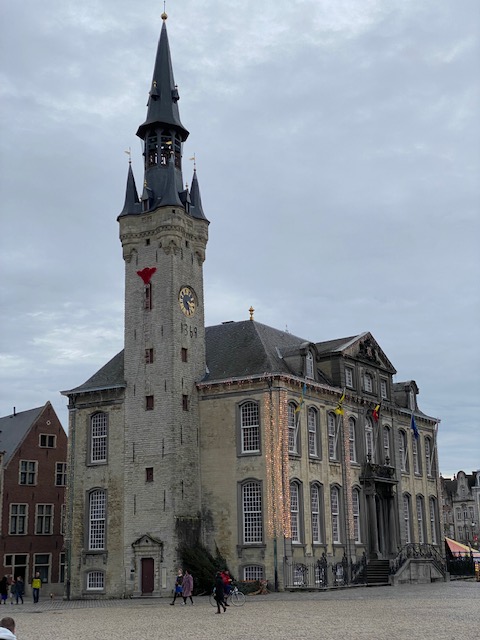
History
There is little record of Lier predating the 7th century. St. Gummarus himself was born in the 7th century and died on 11 October 714. He was canonised in 754. In 1194 Lier was given oppidum status and in 1212 granted municipal rights.
The Lier beguinage was founded in 1258 and in 1998 was inscribed on the UNESCO World Heritage List as part of the Flemish Béguinages site. The last surviving beguine died in 1994.

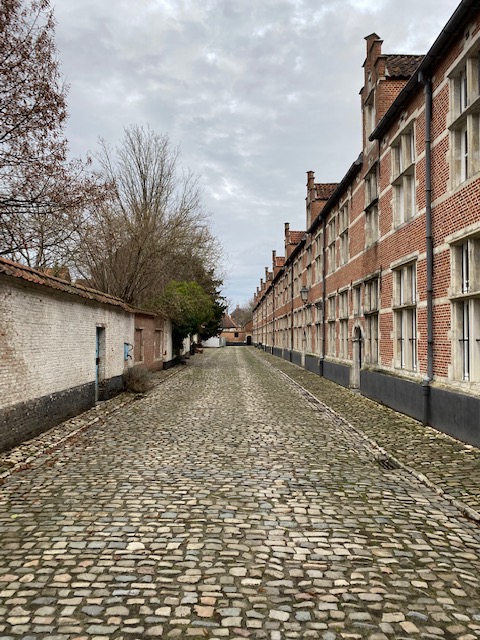
In the 14th century, Jan II, Duke of Brabant, wished to reward the City of Lier for joining his fight against the City of Mechelen. He offered the city the choice of either hosting a university or a livestock market.
The city notoriously selected the livestock market option, upon which the Duke is reported to have sighed: “Oh, those wretched sheep heads”. Today, a herd of bronze sheep near the Zimmer tower serves as a reminder to this fateful decision.
The university was eventually seeded in the City of Leuven, in 1425, as one of Europe’s first and today most prominent universities. The nickname Schapekoppen (which translates to Sheep Heads) is still used in Flanders to refer to inhabitants of Lier. The current city government plays out this story in its contemporary communication.
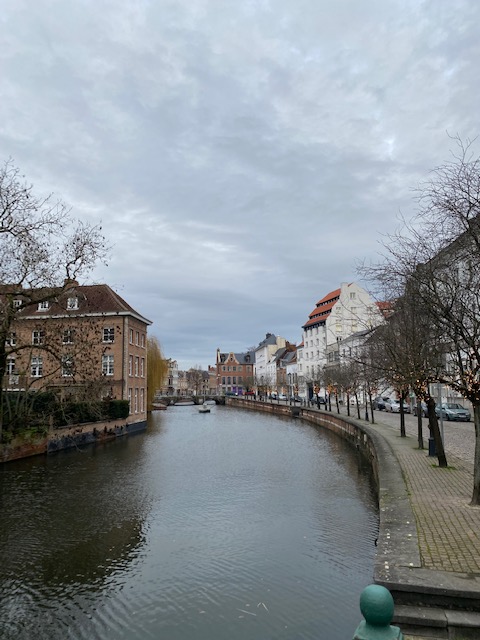


Juana la Loca
In 1496, Lier was the scene of the marriage between Philip the Handsome, son of Maximilian of Austria, and Joanna of Castile, known as Joanna the Mad. One of their children would become Charles V, Holy Roman Emperor.
King Christian II of Denmark, accompanied by his spouse Isabella (sister to Charles V and known as Queen Elisabeth), lived in Lier until 1523, after having been expelled from Denmark by the local nobility while waiting in vain for military support from his brother in law.
He attempted again to regain the Danish and Norwegian throne, but was taken prisoner and spent the rest of his life detained in the Danish castles of Sønderborg and Kalundborg. Isabella died in 1526 at the Castle of Zwijnaarde.
Nowadays there is still the Hof van Denemarken or Denmark Court near St. Gummarus Church.
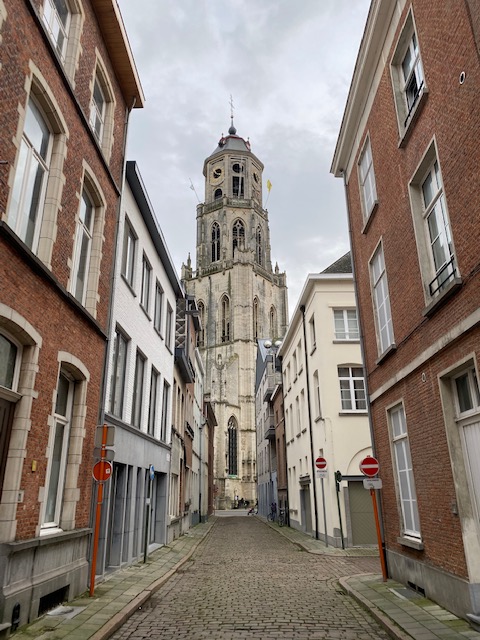


Replicas
In 1860, a skeleton of a mammoth was unearthed at the site of the current city hall buildings. It was the first mammoth skeleton to be discovered in western Europe.
At the start of the World War I, King Albert I and his Chiefs of Staff were temporarily headquartered in Lier, before retreating to Temse as German lines advanced.
Being part of the redoubt of Antwerp, the city suffered heavily under German artillery fire, leaving much of its medieval structures damaged beyond repair. Most medieval-style structures that exist today (including the town hall and its belfry) are therefore replicas, built shortly after the War.
The same happened to Leuven.



Lier is routinely referred to with the rhyme Lierke Plezierke, which roughly translates as “fun in Lier”. This expression originates from a booklet Felix Timmermans wrote in 1928, in celebration of the 50th wedding anniversary of a neighbouring couple.
The strong ties Lier had developed with the Belgian military ever since in 1888 artillery barracks were built, continued after the World Wars. From 1955 to 1997 the barracks housed the Royal School of Cadets, the cadet school for the Belgian army.
A prominent alumnus of this school is Belgian astronaut Frank De Winne. The site was vacated by the army in 1998, acquired by the city, and now houses the city administration and the police department. Two artillery pieces are on display on the city hall’s patio, as a reminder of the building’s past.
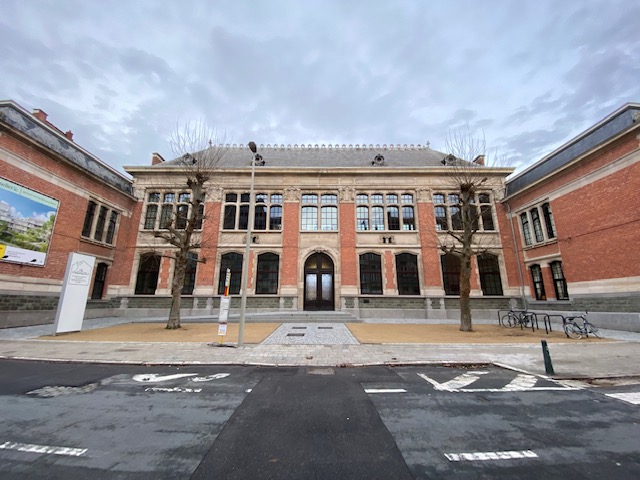
A walk in Lier
Steve took me around the city of Lier, to show me the main sites of town.
- The Grote Markt or Market Square featuring the 1369 Belfry, City Hall, St. James’ Chapel (Sint-Jacobskapel) and Butchers’ Hall.
- Prisoner’s Gate.
- The béguinage ft. Hemdsmouwken, Lier’s narrowest street.
- The Sheep Heads Monument or Schapenkoppenmonument.
- De Werf, a landmark vista of Lier featuring De Fortuin or the The Fortune.
- The Zimmer Tower or Zimmertoren.
- St. Gummarus’ Church or Sint-Gummaruskerk, where Joanna of Castile wed Philip the Handsome.
- The nearby Denmark Court.
- Hof van Aragon or Aragon Court.
- The Academy of Music.
- The Normal College of Lier, now a housing development. It was built by order of William I, King of the Netherlands in 1816.

Worth a city trip?
Is Lier worth a city trip? Yes and no. Steve isn’t convinced. Lier has a lot to offer as medieval town, but says it’s “just not enough” in many ways. It’s not as scenic as Bruges, not as a shopping destination as nearby Antwerp.
It has restaurants and bars, but the offer isn’t very elaborate. Visit Lier lists (just) six hotels, next to some bed and breakfast accommodation options and youth hostels.
It has three small museums: the City Museum, the Zimmer Museum and the Abarth Works Museum. There are markets to visit and walking tours to be walked. You can book a boat to sail on the Nete and the vicinity of Lier also has activities.




So?
You can perhaps fill a day or two, but more realistically, a day trip from Antwerp is enough. It’s only 15 minutes away by train and there are several trains per hour.
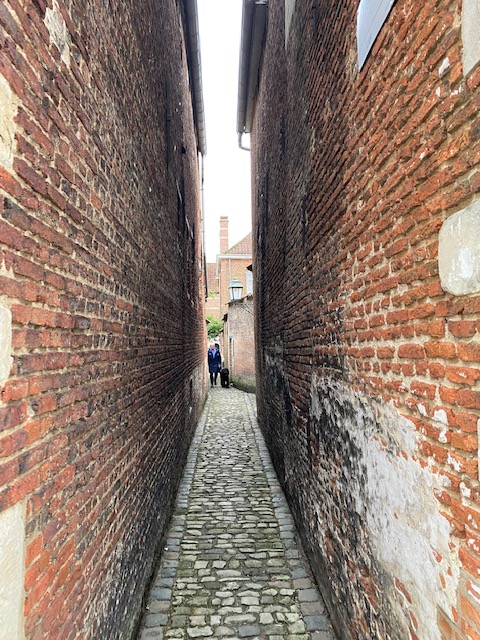

4 Comments Add yours